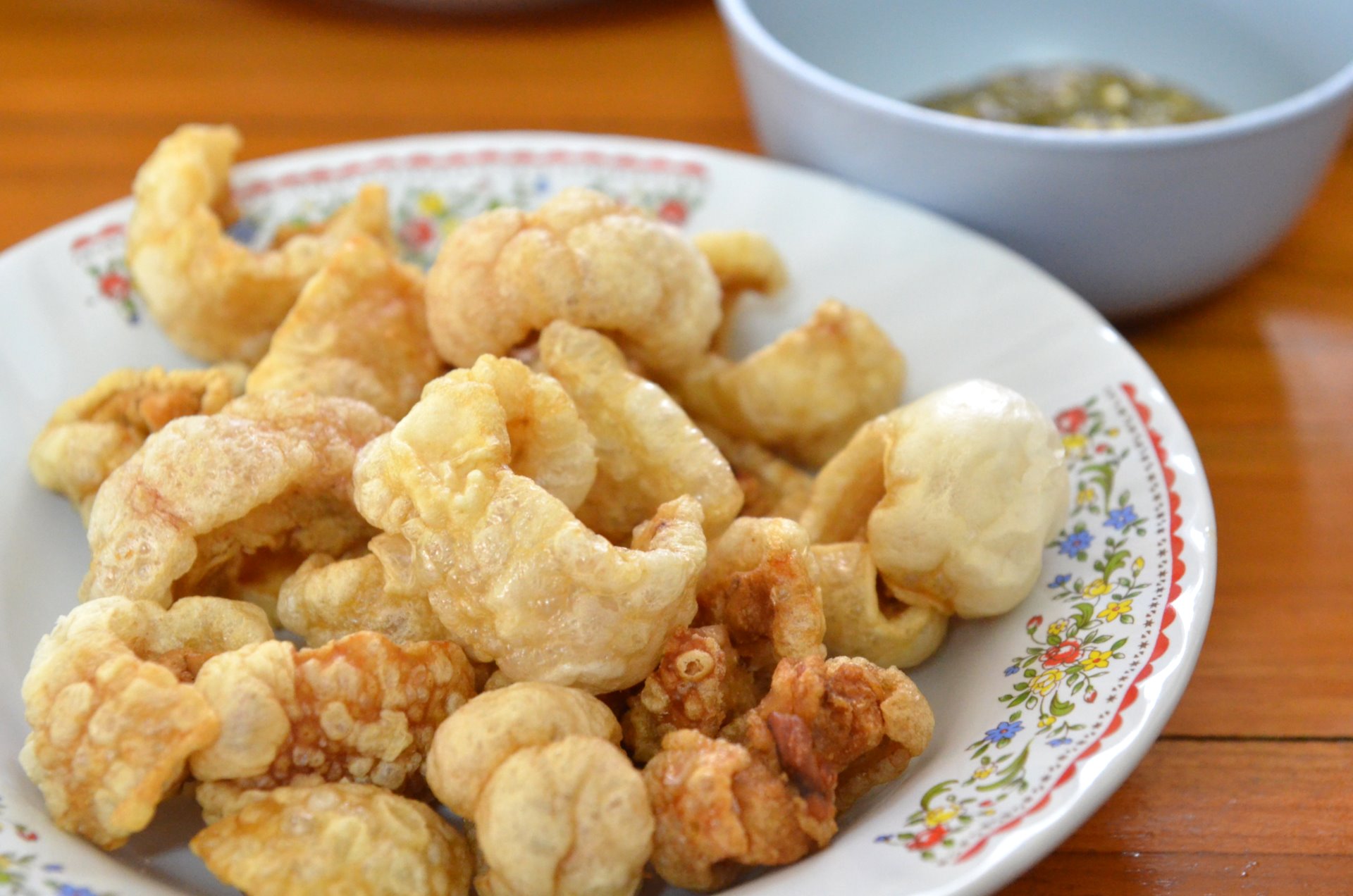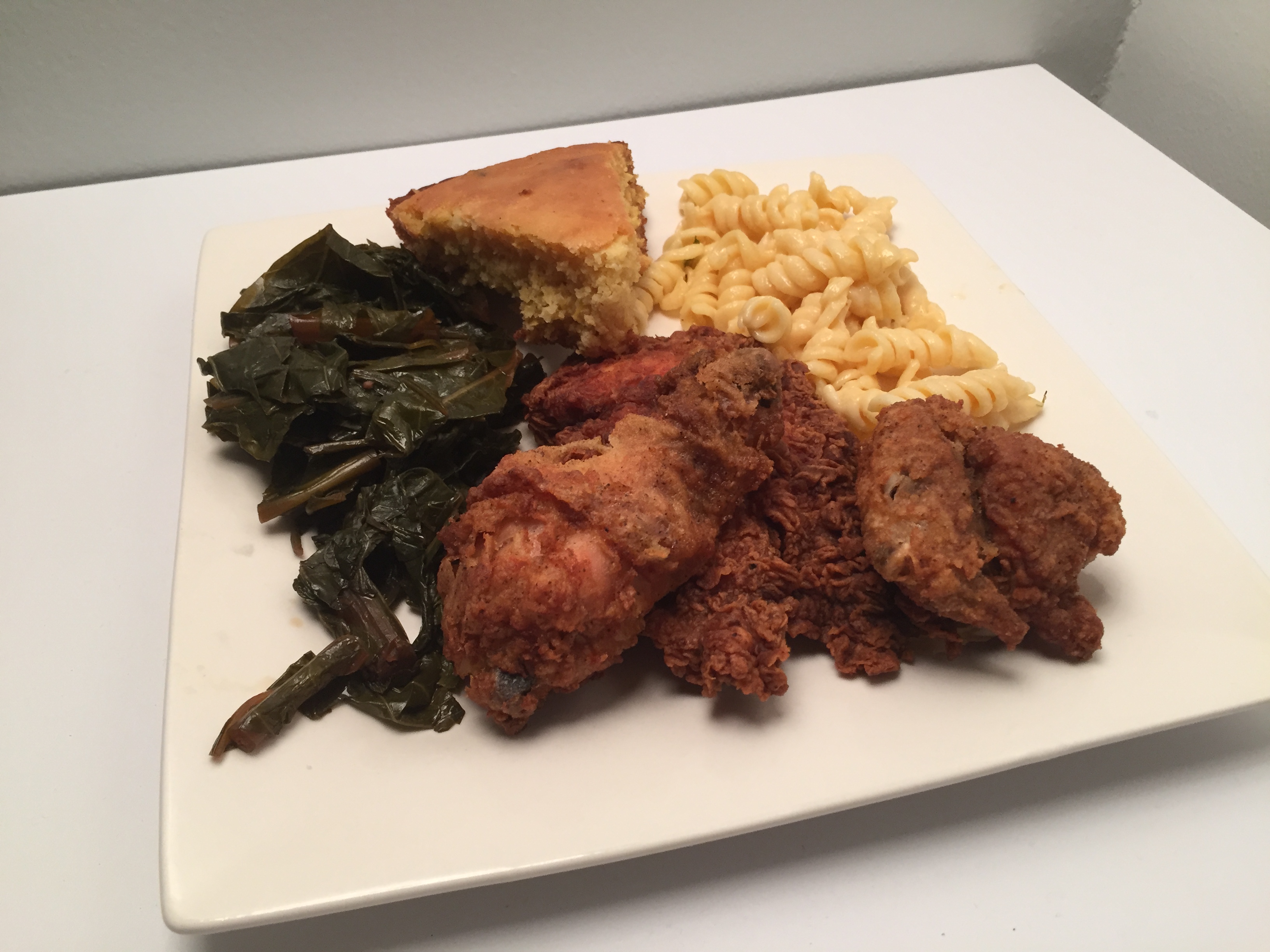|
Fatback
Fatback is a layer of subcutaneous fat taken from under the skin of the back of a domestic pig, with or without the skin (referred to as pork rind). In cuisine Fatback is a preferred fat for various forms of charcuterie, particularly sausages and forcemeat such as quenelles. In popular culture The 1954 rhythm and blues Rhythm and blues, frequently abbreviated as R&B or R'n'B, is a genre of popular music that originated within African American communities in the 1940s. The term was originally used by record companies to describe recordings marketed predomina ... song "Fat Back and Corn Liquor" was written by Louisiana songwriter Rudy Toombs and sung by Louis Jordan. It was released by Aladdin Records as the A side of a ten-inch 78rpm record. See also * * * * '''' References External links * {{Navboxes, list1= {{Fats and oils {{Pigs {{Bacon Cuts of pork Charcuterie Soul food African-American cuisine Romani cuisine ... [...More Info...] [...Related Items...] OR: [Wikipedia] [Google] [Baidu] |
Pork Rind
Pork rind is the culinary term for the skin of a pig. It can be used in many different ways. It can be rendered, fried in fat, baked, or roasted to produce a kind of pork cracklings (US), crackling (UK), or scratchings (UK); these are served in small pieces as a snack or side dish and can also be used as an appetizer. The frying renders much of the fat, making it much smaller. Snack Often a byproduct of the rendering of lard, it is also a way of making even the tough skin of a pig edible. In many ancient cultures, animal fats were the only way of obtaining oil for cooking and they were common in many people's diets until the Industrial Revolution made vegetable oils more common and more affordable. Microwaveable pork rinds are sold in bags that resemble microwaveable popcorn and can be eaten still warm. Pickled pork rinds, though, are often refrigerated and eaten cold. Unlike the crisp and fluffy texture of fried pork rinds, pickled pork rinds have a rich, butt ... [...More Info...] [...Related Items...] OR: [Wikipedia] [Google] [Baidu] |
Charcuterie
Charcuterie (, , also , ; ; from , and ) is a branch of French cuisine devoted to prepared meat products, such as bacon, ham, sausage, Terrine (food), terrines, ''galantines'', ''ballotines'', ''pâtés'', and ''confit'', primarily from pork. Charcuterie is part of the ''garde manger'' chef's repertoire. In larger restaurants, a dedicated specialist known as a ''charcutier'' may prepare charcuterie instead of the ''garde manger''. Originally intended as a way to preserve meat before the advent of refrigeration, meats are prepared today for their flavors derived from the preservation processes.Ruhlman, 19. Terminology The French word for a person who practices charcuterie is . The etymology of the word is the combination of ''chair'' and ''cuite'', or cooked flesh. The Herbsts in ''Food Lover's Companion'' say, "it refers to the products, particularly (but not limited to) pork specialties such as , etc., which are made and sold in a delicatessen-style shop, also called a ''charcut ... [...More Info...] [...Related Items...] OR: [Wikipedia] [Google] [Baidu] |
Forcemeat
Forcemeat (derived from the French , "to stuff") is a uniform mixture of lean meat with fat made by grinding or sieving the ingredients. The result may either be smooth or coarse. Forcemeats are used in the production of numerous items found in charcuterie, including quenelles, sausages, pâtés, terrines, roulades, and galantines. Forcemeats are usually produced from raw meat, except in the case of a ''gratin''. Meats commonly used include pork, fish ( pike, trout, or salmon), seafood, game meats (venison, boar, or rabbit), poultry, game birds, veal, and pork livers. Pork fatback is preferred as a fat, as it has a somewhat neutral flavor.The Culinary Institute of America, 299. History Forcemeats are an ancient food and are included in ''Apicius'', a collection of Roman cookery recipes usually thought to have been compiled in the late 4th or early 5th century AD. Types ;Straight: Produced by progressively grinding equal parts pork and pork fat with a third ingredien ... [...More Info...] [...Related Items...] OR: [Wikipedia] [Google] [Baidu] |
Cuts Of Pork
File:British Pork Cuts.svg, 400px, British cuts of pork poly 187 219 187 194 173 196 Trotters poly 372 226 373 207 361 204 359 216 Trotters poly 171 141 166 104 287 117 294 152 Belly poly 167 102 178 27 315 23 274 102 Loin poly 361 201 371 181 394 177 373 201 Hock poly 174 191 163 182 174 173 178 184 Hock poly 387 172 372 156 371 149 387 137 407 85 368 61 370 43 328 27 315 38 302 137 343 172 Leg / Ham desc none The cuts of pork are the different parts of the pig which are consumed as food by humans. The terminology and extent of each cut varies from country to country. There are between four and six primal cuts, which are the large parts in which the pig is first cut: the shoulder (blade and picnic), loin, belly (spare ribs and side) and leg.Cattleman's Beef Board & National Cattlemen's Beef AssociationUniform Retail Meat Identity Standards. Retrieved 11 July 2007. These are often sold wholesale, as are other parts of the pig with less meat, such as the head, feet and t ... [...More Info...] [...Related Items...] OR: [Wikipedia] [Google] [Baidu] |
Schwein Speck
Schwein (German for ''pig'' as well as ''pork'') is a music group comprising members of Buck-Tick, KMFDM, and Pig. Members Raymond Watts (PIG; vocals, programming, guitar) and Hisashi Imai (Buck-Tick; guitar and noise), both having worked together in Schaft, were joined by Atsushi Sakurai (Buck-Tick; vocals), Sascha Konietzko (KMFDM; vocals and programming) and Lucia Cifarelli (KMFDM; vocals). In 2001 Schwein released an album, ''Schweinstein'', which peaked at number 18 on Oricon's album chart, followed by the remix album ''Son of Schweinstein''. Schwein toured Japan in the summer of 2001. However, Konietzko did not tour with them, citing illness and a desire to focus on KMFDM. In a 2023 interview with ''Visual Music Japan'', Raymond Watts talked about the project and cited Schwein as his favorite collaboration to date and called Sakurai a "grand vocalist". Discography Studio album Schweinstein (2001) Remixed album * ''Son of Schweinstein'' (2001) Members Official memb ... [...More Info...] [...Related Items...] OR: [Wikipedia] [Google] [Baidu] |
Aladdin Records
Aladdin Records was a record company and label founded in Los Angeles in 1945 by brothers Eddie and Leo Mesner. It was originally called Philo Records before changing its name in 1946. Philo Records Philo's releases included 78 RPM singles of Illinois Jacquet, Wynonie Harris, Helen Humes with the Bill Doggett Octet, Jay McShann and Lester Young, and an album (set of two 78 RPM records) of Lester Young, Nat King Cole and Red Callender. When the U.S. Patent Office refused to register the label because of the similarity in name with the Philco radio corporation, which produced blanks for the record industry, the dispute was settled when the owners agreed to continue the name as Medlee. On March 2, 1946, the company placed an advertisement in ''Billboard'' magazine, announcing the new trade name. The next week, though, they placed a new ad "correcting their mistake", announcing Aladdin Records. The numbering of the releases was continued, and older Philo releases were reprin ... [...More Info...] [...Related Items...] OR: [Wikipedia] [Google] [Baidu] |
Soul Food
Soul food is the ethnic cuisine of African Americans. Originating in the Southern United States, American South from the cuisines of Slavery in the United States, enslaved Africans transported from Africa through the Atlantic slave trade, soul food is closely associated with the cuisine of the Southern United States. The expression "soul food" originated in the mid-1960s when "soul" was a common word used to describe African-American culture. Soul food uses cooking techniques and ingredients from West African cuisine, West African, Cuisine of the Central African Republic, Central African, European cuisine, Western European, and Indigenous cuisine of the Americas. The cuisine was initially denigrated as low quality and belittled because of its origin. It was seen as low-class food, and African Americans in the Northern United States, North looked down on their Black Southerners, Black Southern compatriots who preferred soul food (see the Great Migration (African American), Grea ... [...More Info...] [...Related Items...] OR: [Wikipedia] [Google] [Baidu] |
Gramophone Record
A phonograph record (also known as a gramophone record, especially in British English) or a vinyl record (for later varieties only) is an analog sound storage medium in the form of a flat disc with an inscribed, modulated spiral groove. The groove usually starts near the outside edge and ends near the center of the disc. The stored sound information is made audible by playing the record on a phonograph (or "gramophone", "turntable", or "record player"). Records have been produced in different formats with playing times ranging from a few minutes to around 30 minutes per side. For about half a century, the discs were commonly made from shellac and these records typically ran at a rotational speed of 78 rpm, giving it the nickname "78s" ("seventy-eights"). After the 1940s, "vinyl" records made from polyvinyl chloride (PVC) became standard replacing the old 78s and remain so to this day; they have since been produced in various sizes and speeds, most commonly 7-inch discs pla ... [...More Info...] [...Related Items...] OR: [Wikipedia] [Google] [Baidu] |
Rhythm And Blues
Rhythm and blues, frequently abbreviated as R&B or R'n'B, is a genre of popular music that originated within African American communities in the 1940s. The term was originally used by record companies to describe recordings marketed predominantly to African Americans, at a time when "rocking, jazz based music ... [with a] heavy, insistent beat" was starting to become more popular. In the commercial rhythm and blues music typical of the 1950s through the 1970s, the bands usually consisted of a piano, one or two guitars, bass, drums, one or more saxophones, and sometimes background vocalists. R&B lyrical themes often encapsulate the African-American history and experience of pain and the quest for freedom and joy, as well as triumphs and failures in terms of societal racism, oppression, relationships, economics, and aspirations. The term "rhythm and blues" has undergone a number of shifts in meaning. In the early 1950s, it was frequently applied to blues records. Starting i ... [...More Info...] [...Related Items...] OR: [Wikipedia] [Google] [Baidu] |
Louis Jordan
Louis Thomas Jordan (July 8, 1908 – February 4, 1975) was an American saxophonist, multi-instrumentalist, songwriter and bandleader who was popular from the late 1930s to the early 1950s. Known as "Honorific nicknames in popular music, the King of the Jukebox", he earned his highest profile towards the end of the swing era. Specializing in the alto saxophone, alto sax, Jordan played all forms of the saxophone, as well as piano and clarinet. He also was a talented singer with great comedic flair, and fronted his own band for more than twenty years. He duetted with some of the biggest solo singing stars of his time, including Bing Crosby, Ella Fitzgerald and Louis Armstrong. Jordan began his career in big-band swing jazz in the 1930s coming to the public's attention as part of Chick Webb's hard swinging band, though he became better known as an innovative popularizer of jump blues—a swinging, up-tempo, dance-oriented hybrid of jazz, blues and boogie-woogie. Typically performed ... [...More Info...] [...Related Items...] OR: [Wikipedia] [Google] [Baidu] |
Rudy Toombs
Rudolph Toombs (1914 – November 28, 1962) was an American performer and songwriter. He wrote " Teardrops from My Eyes", Ruth Brown's first number one R&B song, and other hit songs for her, including " 5-10-15 Hours". He also wrote " One Mint Julep" for The Clovers. History Toombs was born in Monroe, Louisiana. He began as a vaudeville-style song-and-dance man and later became a productive lyricist and composer of doo-wop songs and rhythm and blues standards in the 1950s and 1960s. Some of his work was done at Atlantic Records, writing and arranging songs for Ahmet Ertegun. Toombs was murdered by robbers in the hallway of his apartment house in Harlem, New York, in 1962. Ruth Brown credited Toombs as a major reason for her success. She describes him as joyful, exuberant man, so full of life that he passed that ebullience on to her. He taught her how to take a moody blues ballad and make it into a bouncy jump blues. Songs Some of Toombs' best known songs are listed below. ... [...More Info...] [...Related Items...] OR: [Wikipedia] [Google] [Baidu] |




